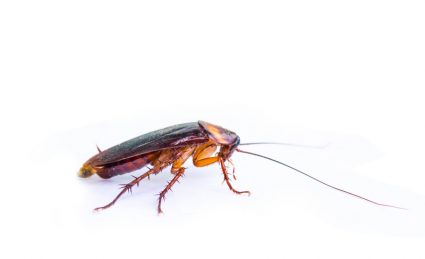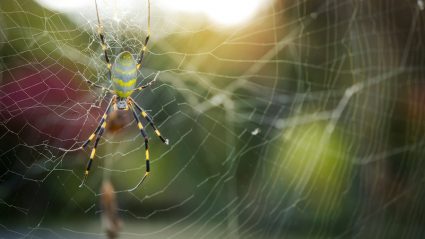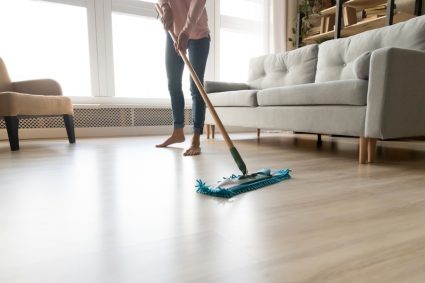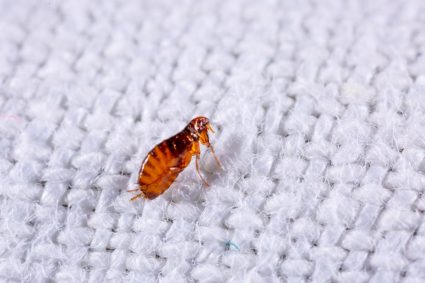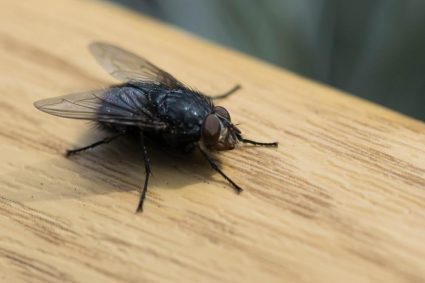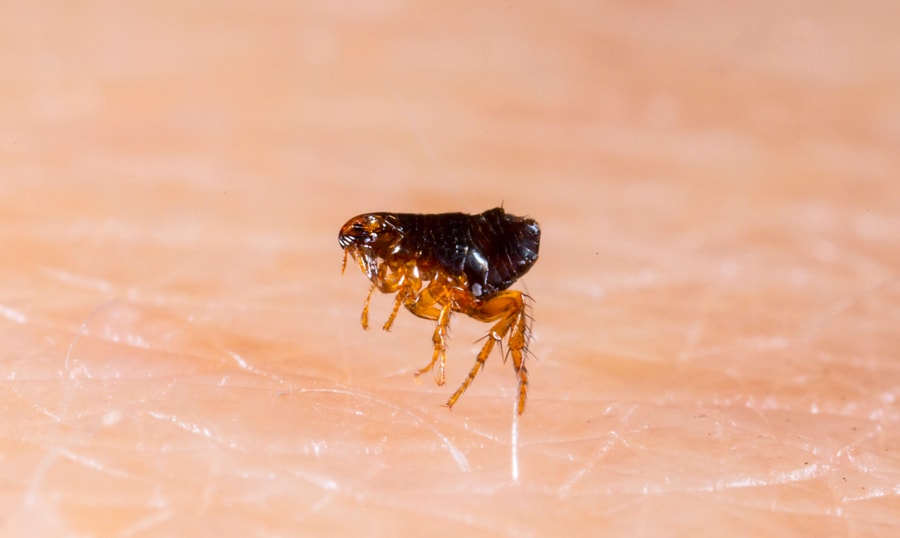
It is common to find fleas where you have pets like cats or dogs. However, pets are not born with fleas on their skin.
Usually, they catch it from somewhere, possibly from another infected cat or your yard. On occasion, you may even find fleas in homes where there aren’t any pets.
It’s essential to know the exact causes of fleas in your home to address them adequately.
Fleas are attracted to living things, whether animals or humans. So, your pets, livestock, and other pests are fair game.
- Fleas thrive in warm areas, where they can hide and grow undisturbed.
- They are very mobile and can jump and hold on to anything that moves and breathes.
- The first thing that attracts a flea to the yard is the yard itself. If fleas can find a plant to hide under and easy access to water, they will stay.
This article outlines factors and actions that may be responsible for attracting fleas to your yard. We have also included more details on handling such situations in the FAQ Section.
5 Things That Attract Fleas to Your Yard
As you may already know, fleas are blood-sucking insects. They also happen to have a lifespan of up to a year.
Having annoying and potentially deadly pests live that long in your yard is risky. But kicking them out becomes more urgent when you add that female fleas lay 40-50 eggs daily.
So, you would be right to explore any method to eliminate them. However, getting rid of fleas is only half the problem.
If you do not address the cause, you may treat your pests for flea infestations over and over. Here is a list of things that attract fleas to yards and how to look out for them.
1. Piles of Junk and Garbage

Fleas can be attracted to your yard by garbage cans, especially when they are overfilled or stashed with food items. Now, it isn’t the food that attracts the fleas but the animals that come for it.
Raccoons, rats, skunks, and strays are the most consistent visitors to garbage cans. These animals most likely carry fleas on their bodies, which could be transferred to your garbage cans and vice versa.
It would help to dispose of your trash neatly or keep it out of the reach of pests. You could also seal your big garbage containers.
2. Bushy Lawns or Plants
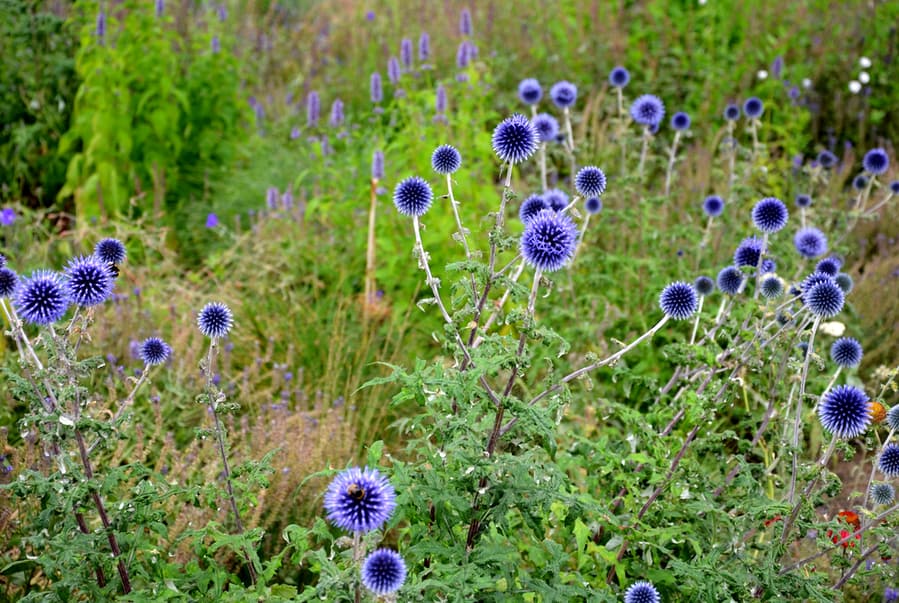
Fleas like to hide anything to shade them from direct sunlight. If you have an overgrowth in your lawn or tall grasses, those could attract fleas.
On the other hand, caring for your lawn or trimming your grasses regularly would disrupt the quiet living that fleas love to enjoy. So, you can either care for your yard and chase the fleas away or leave it unattended and allow them to rot.
3. Rodent and Wildlife Infestation

Rodents and wild animals are hosts to fleas. Unlike pets who would have you look after them and get the occasional flea injection, rats and mice could go about with fleas all over their skin.
When these rodents enter your yard, whether it’s to steal some food or play around in it, they could shed off some fleas or even flea eggs.
So, pests do more than cause damage to your property. They can invite more pests into your home.
4. Your Pets
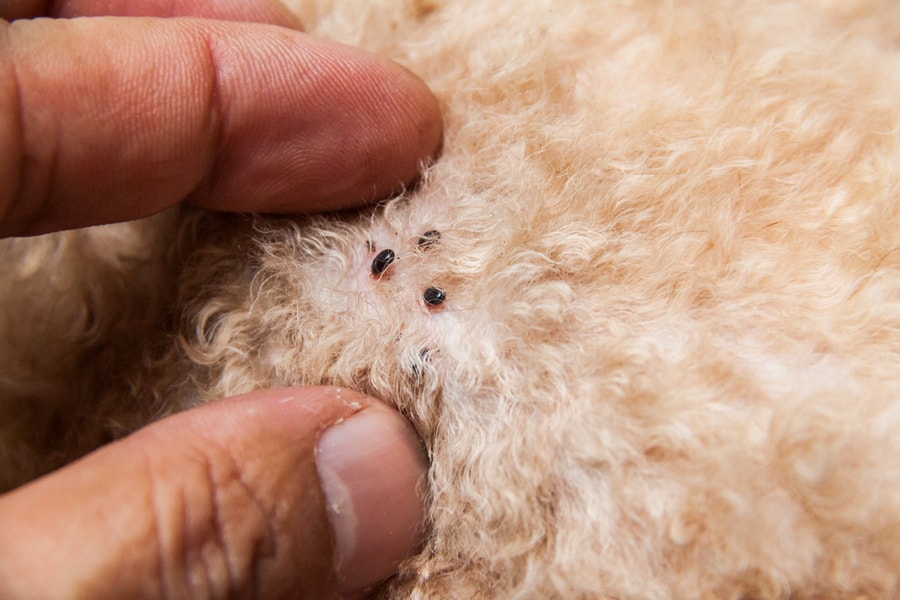
Pets are primary victims of fleas and flea bites. It is quite possible that your dog or cat tracks in a flea during one of its walks.
Although fleas do not have wings, they are pretty lithe and can jump high. Therefore, attaching themselves to their pets is their typical strategy.
There could even be more than one flea. Once they find their way to a suitable spot in your yard, they will stay and begin to lay eggs.
5. Moisture and Shade
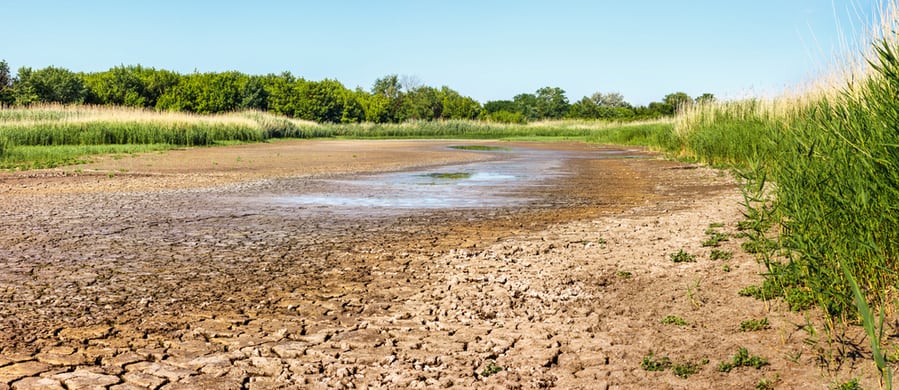
Fleas reproduce quicker in warmer seasons. This is because they thrive in warm environments, where moisture from nearby water sources or plants can easily reach them.
If your yard has puddles of stagnant water or long overgrown plants, you will provide shade for fleas and other pesky insects. More importantly, fleas like to live undisturbed.
So, if they find corners, for instance, underneath piles of junk or decaying garbage, they would hide there, reproduce and spread through your yard.
Conclusion
Taking out the garbage and mowing the lawn has never been more serious. It is important to keep your yard in a state that discourages fleas from making their home in it.
Your best bet is to prevent fleas from finding their way in the first place. Making your yard tidy and rodent-free is the best method to achieve that.
Frequently Asked Questions
How Do You Know if You Have Fleas in Your Yard?
Fleas are attracted to moist, shaded areas, where they find easy access to water and animals to latch onto. You most likely have fleas in your yard if you have pets or livestock.
Due to their small size, it isn’t easy to spot fleas in your yard. However, here are some telltale signs to guide you.
- If your cat or dog scratches itself harder and more frequently than normal, it may have caught fleas from your yard.
- Flea bites leave pink scars on animal bodies or dark patches on their fur. Check out either of these.
- To find fleas in your garden, you can perform a mini experiment. First, hang a piece of white clothing in any warm shaded part of your garden.
- Or you could wear white socks and take a stroll through your garden. Fleas are in it and would likely jump onto the clothing or your socks.
What Is the Fastest Way To Get Rid of Fleas in the Yard?
Using a pesticide is the fastest way to eliminate fleas in your yard. Though certain remedies may work, pesticides formulated with pyriproxyfen or imidacloprid are effective for dealing with unhatched eggs, larvae, and fully-grown fleas.
When addressing flea infestation, it’s best to choose remedies that eliminate both grown fleas and their eggs waiting to develop.

